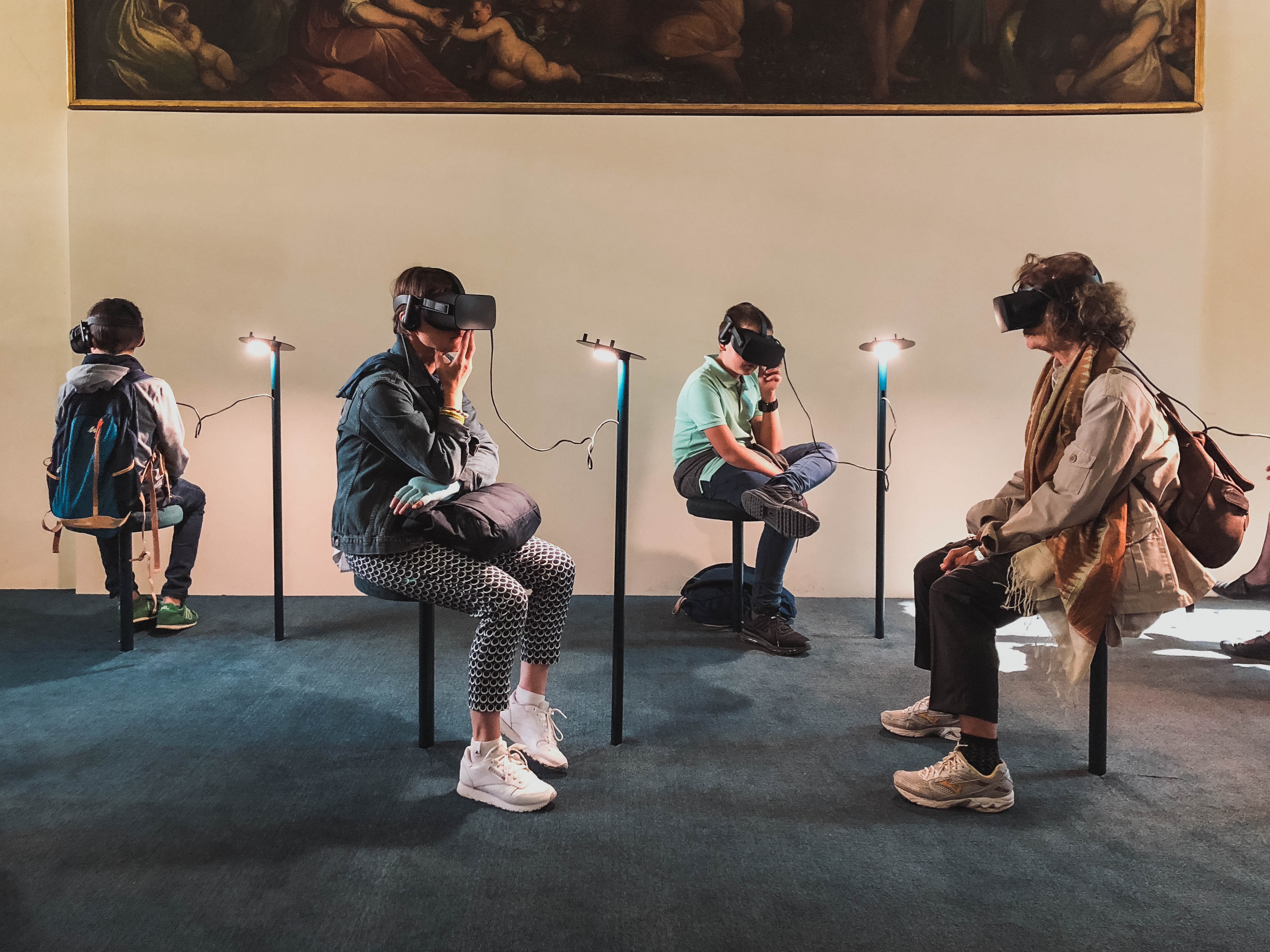
As technology advances, UX research practices must also adapt to the changing needs of users. From cutting-edge technologies like Artificial Intelligence and Machine Learning to new approaches in Remote UX Research, Virtual Reality and Biometrics, we’ll explore the emerging trends in the UX field and we provide use cases of each of them. Whether you are a UX researcher, a product designer, or a business leader, this blog will give you an overview of the trends shaping the future of UX research.
1. Integration of Artificial Intelligence(AI) and Machine Learning (ML) Tools
AI and ML tools are increasingly being used to collect, clean, and analyze user data. For example, AI chatbots are used to mimic human-like behaviors. In this way, the data collection is expedited whilst simulating a natural interaction between users and researchers. ML on the other hand is used to clean survey data, saving time and resources for your team.
Pros:
Cons:
Use Case: A software company is interested in gathering sentiments from their customers on the usability of their newly-released feature. To get this data, they use data mining and machine learning techniques to analyze product interactions, social media comments, tweets and posts by users. With ML, they can easily spot patterns of user sentiments. In this case, UX researchers can focus on making data-driven actionable insights.
2. Virtual Reality(VR)
The use of VR is increasingly becoming popular among users. VR can help product companies create an immersive 360 environment for users, making it possible for them to mimic various real life situations and opportunities for entertainment. UX Researchers need to play a role here with considerations of participants’ comfort, health / hygiene (due to reuse of wearable equipment like Oculus) and sensitivity in facilitation of research. As the Metaverse technology expands, the relevance of VR in UX Research is also expected to grow. With that, VR is a tech that is worth exploring and learning for UX researchers.
Pros:
Cons:
Use Case: A travel app uses VR technology to enable users to “travel” their dream destinations. By creating A/B tests of virtual tours of popular destinations, the company is able to immerse users in the experience of visiting a new place and gather data on their preferences and behavior. This allows the travel app company to identify areas for improvement, such as the app’s user interface and suggested itineraries, resulting in a more personalized travel app for customers.
3. Remote Research
The COVID-19 pandemic has made many organizations embrace remote UX Research techniques. With remote UXR, researchers can conduct studies for a global user base without being physically present in the same location as the participants. The convenience and cost-effective nature of doing UXR remotely is increasingly being realized by many companies, which is why this method will see an exponentially increasing adoption in the time to come.
Pros:
Cons:
Use Case: A global e-commerce platform works with UXArmy, a remote UX Research platform, to conduct weekly usability tests and user interviews for their app. By utilizing unmoderated remote testing, they can save time and money in keeping track of the urgent and ever changing needs of their users. Remote testing also allows them to make sure that their participants are representative of their global user base.
Try UXArmy for free today! Visit uxarmy.com to learn more.
4. Biometrics
Biometric measurements have been around for decades. Products like Smartwatch and Games have increased the need for researchers to be able to supplement the other user feedback and use biometric measures to support the findings related to the user interaction. Biometrics is the measurement and analysis of physiological characteristics, such as heart rate, electroencephalography (EEG), Galvanic skin response (GSR), facial expressions, and eye movements, to understand a person’s emotional state and response.
Pros:
Cons:
Use Case: A dating app is planning a unique way to match their users with each other and they want to test this new scheme to their users. To this, they use eye-tracking technology to track the gaze of users, measure physiological responses such as heart rate and skin conductance to understand users’ emotional states.
By being aware of the latest UXR trends and understanding their potential uses, researchers can make informed decisions for their company’s growth trajectory.
So, how can UX researchers keep up with these trends?
There are a variety of ways to stay informed about the latest trends in UX research, including subscribing to newsletters, following relevant websites and social media pages, and connecting with experts in the field.
Newsletters: Signing up for newsletters from organizations such as the User Experience Professionals Association (UXPA), the Nielsen Norman Group, and the Interaction Design Foundation can provide regular updates on the latest trends and insights in UX research.
Websites: Websites such as UX Design, Smashing Magazine, and UX Planet provide in-depth articles and analysis on current trends in UX research and design.
Podcasts: There are several podcasts dedicated to user experience, interaction design, and product design, such as Design Better, The UX Podcast and The Design of Business – the Business of Design.
UX Experts on Social Media: Following experts in the field, such as Vitaly Friedman, Kim Goodwin, and Jared Spool, can provide valuable insights and perspectives on current trends in UX research.
¨Please remember that keeping up with the trends is an ongoing process, and it’s important to make it a regular part of researchers’ learning and knowledge buildup to stay on track with the changes in the field.